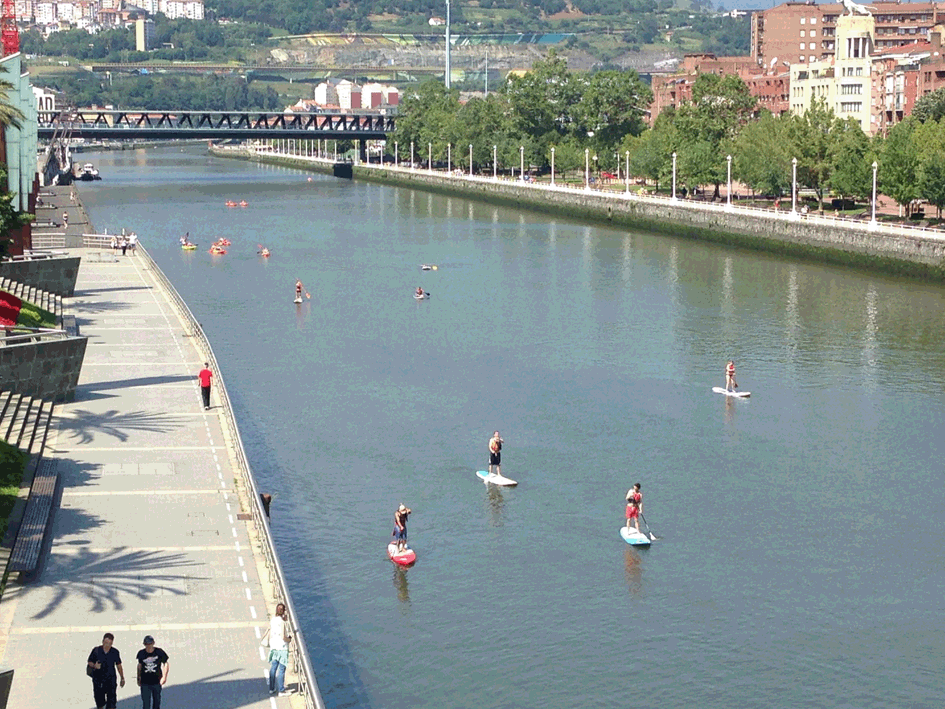Habitat III: Towards Gender Sensitive Urban Planning
DOI:
https://doi.org/10.6092/2281-4574/3970Keywords:
Gender, cities, urban planning, Habitat IIIAbstract
The Habitat III Conference, which aims to launch a new urban agenda, will take place in Quito, Ecuador, from October 17-20, 2016. In Resolution 66/207, and in line with its twenty-year cycle (1976, 1996 and 2016), the United Nations General Assembly is convening the Habitat III Conference to revive global commitment to sustainable urban development, and to focus on carrying out this “new urban agenda” based on the Habitat II programme of the 1996 conference held in Istanbul.The question of urban planning in relation to gender, within the framework of its defence of urban settlements, has become essential for the national organisation of the United Nations in the Habitat I (Vancouver, 1976) and Habitat II (Istanbul, 1996) Conferences, and the consequent Istanbul Declaration of Human Settlements (1996). Since then, the Habitat programme has been a fundamental reference in establishing priorities for sustainable urban development suited to the needs of persons – among these priorities is taking into consideration gender issues. The road leading to Habitat III is marked by many milestones, and several of them are cited because of their importance.
Habitat III is one of the first major world summits to be held after the adoption of the UN 2030 Agenda for Sustainable Development, and its Sustainable Development Goals. It offers a unique venue to discuss the important challenge of how cities, towns, and villages are planned and managed, with the goal of fulfilling their roles as sustainable development driving forces; and therefore, to define the implementation of new objectives of global development and the Paris Agreement on climate change.
Likewise, Habitat III offers a renewed opportunity to analyse to what degree the gender perspective can be included transversally in urban planning, in order to promote everyone’s rights to the city and design a genuinely inclusive public space.
Downloads
Download data is not yet available.

Downloads
Published
2016-10-10
Issue
Section
Articoli
License
Gli autori che pubblicano su questa rivista accettano le seguenti condizioni:- Gli autori mantengono i diritti sulla loro opera e cedono alla rivista il diritto di prima pubblicazione dell'opera, contemporaneamente licenziata sotto una Licenza Creative Commons - Attribuzione che permette ad altri di condividere l'opera indicando la paternità intellettuale e la prima pubblicazione su questa rivista.
- Gli autori possono aderire ad altri accordi di licenza non esclusiva per la distribuzione della versione dell'opera pubblicata (es. depositarla in un archivio istituzionale o pubblicarla in una monografia), a patto di indicare che la prima pubblicazione è avvenuta su questa rivista.
- Gli autori possono diffondere la loro opera online (es. in repository istituzionali o nel loro sito web) prima e durante il processo di submission, poiché può portare a scambi produttivi e aumentare le citazioni dell'opera pubblicata (Vedi The Effect of Open Access).

